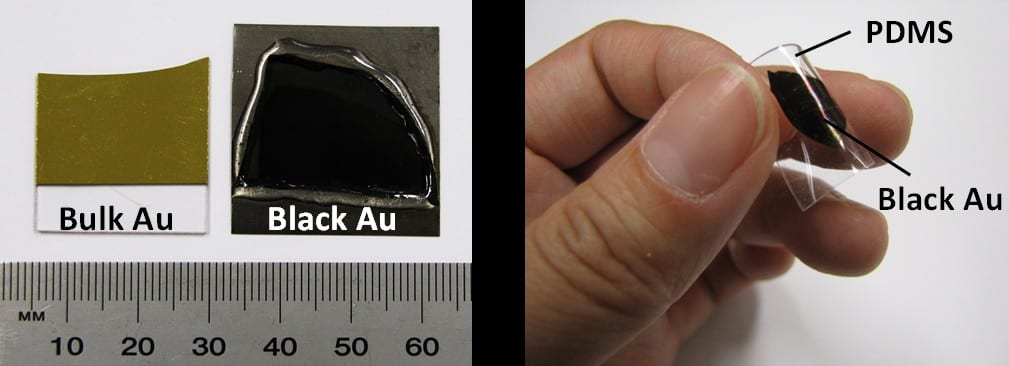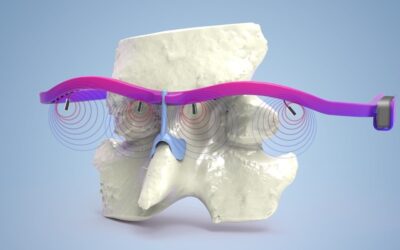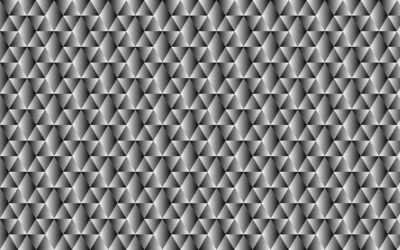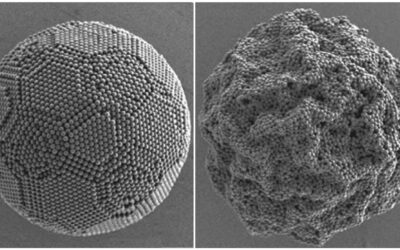Thanks to alloys gold comes in many kinds, like white gold, red gold, green gold, or yellow gold – to the joy of jewelers. Material scientists instead appreciate elementally pure gold for its inertness, its excellent conductivity, and for its ability to induce surface plasmons. Now we do have a new gold variety at hand that is of equal interest to jewelers and material scientist: black gold.
In their recent publication in Advanced Functional Materials Charlene Ng, Daniel E. Gómez, and co-workers from the Commonwealth Scientific and Industrial Research Organisation (CSIRO), the Royal Melbourne Institute of Technology, Monash University, and the University of Melbourne describe the straightforward preparation of black gold, a material of promising optical properties.
The scientists apply a standard method in gold substrate preparation: physical vapor deposition (sputtering). Sputtering a specifically designed porous aluminum oxide template yields black gold – other templates, like glass, however, do yield the usual bulk gold film. After sputtering the substrate is glued to a desired, alkaline-resistant support and the aluminum template is removed by alkaline treatment.
Scanning electron microscopy reveals the morphological secrets of black gold: instead of forming a homogeneous film, as in bulk gold, the gold forms a close-packed assembly of randomly sized nanotubes. As can be expected from the black color, the black gold absorbs more than 95% of incident light in the 300‑500 nm range. The researchers attribute this phenomenon to the 5d to 6s interband transition of electrons in Au. Bulk gold in contrast absorbs only ~60% of the light. The difference increases for 500‑800 nm, where bulk gold absorption is absent, while black gold absorbs >70% of the light.
The excellent absorption behavior of black gold can be attributed to three key factors: (1) the (spatially) graded refractive index of the resulting Au nanotubes, (2) Fabry–Perot resonances of gap-plasmon modes between the tubes, and (3) light trapping as a result of the high-aspect ratio of the nanostructures. Read the whole paper to find out more about in the exciting properties of this new material and how it can be applied in photochemical systems!














